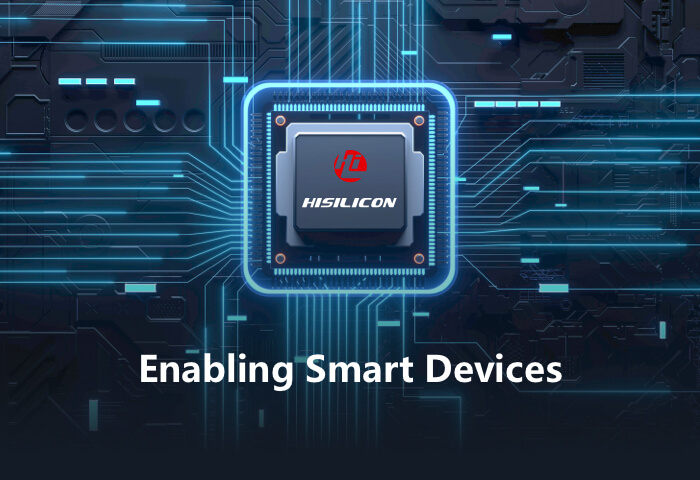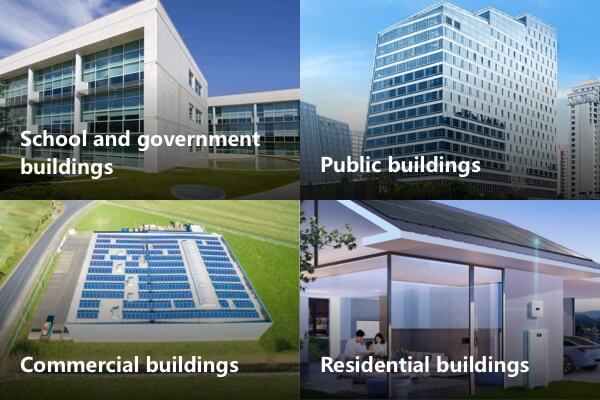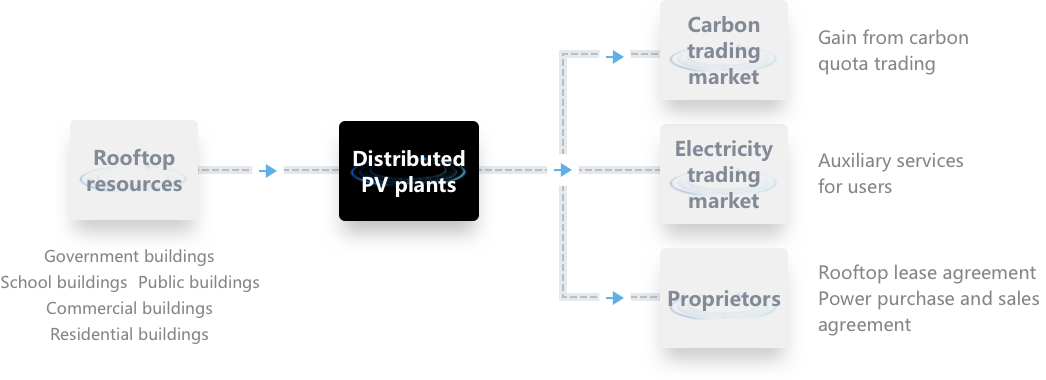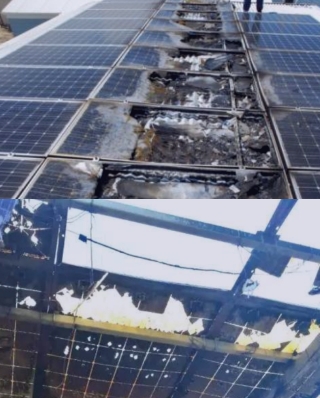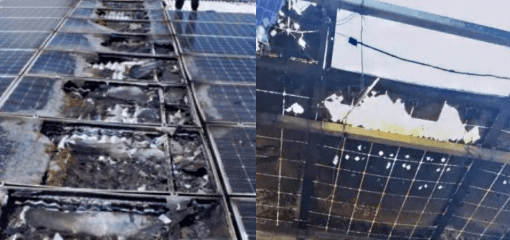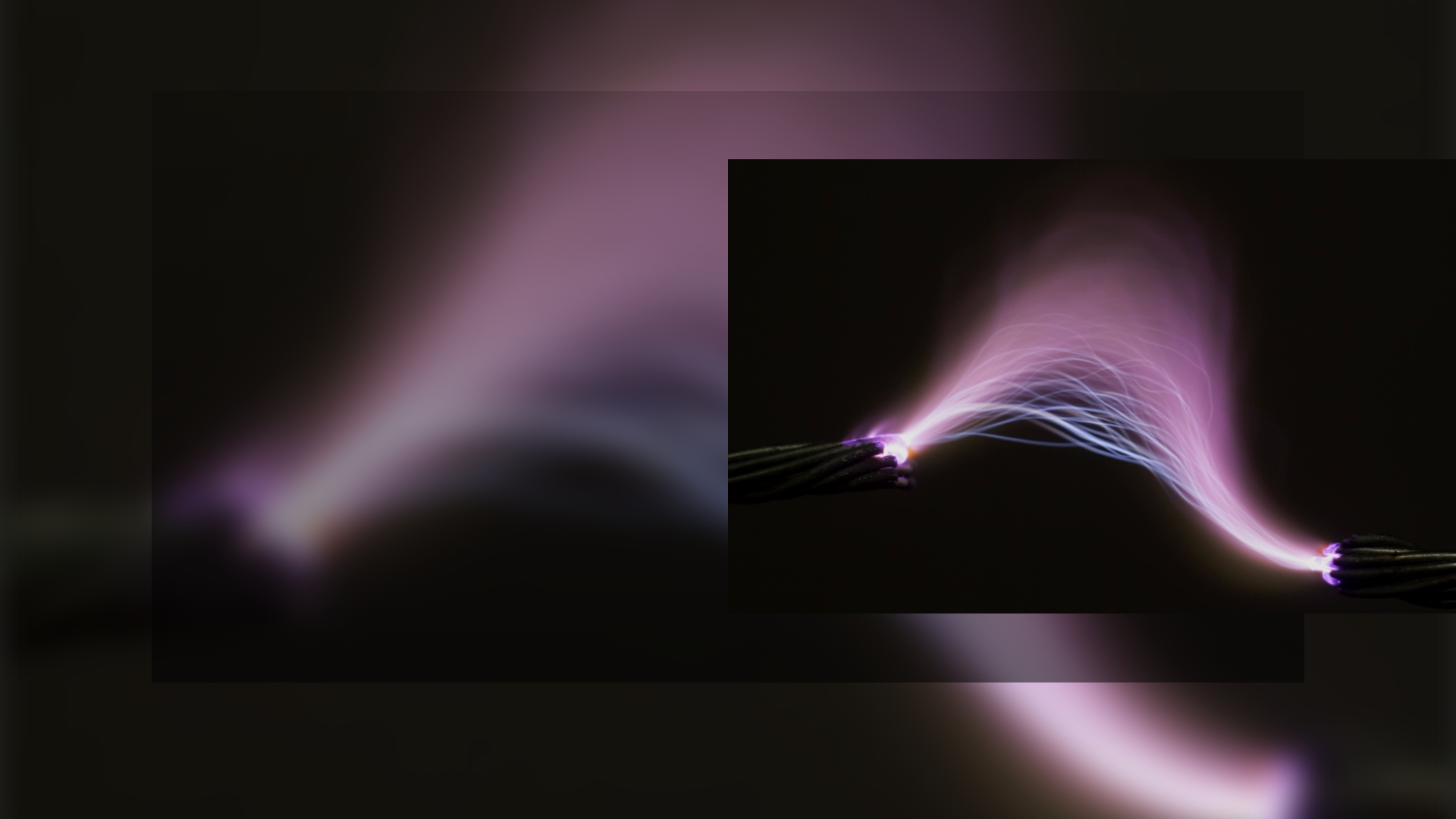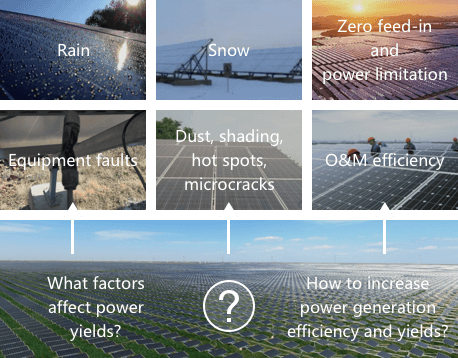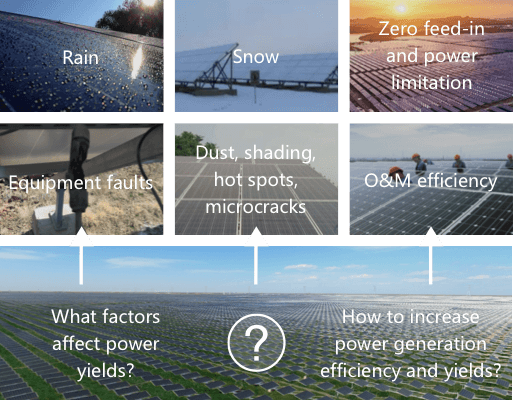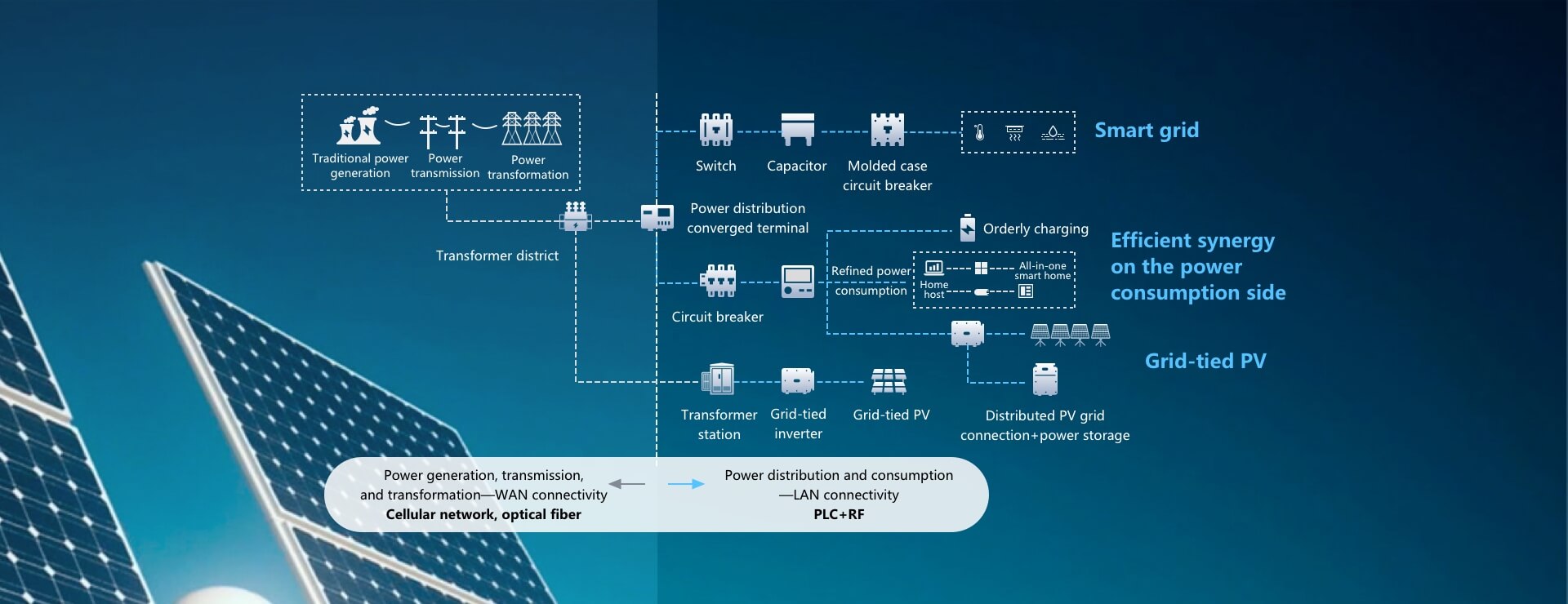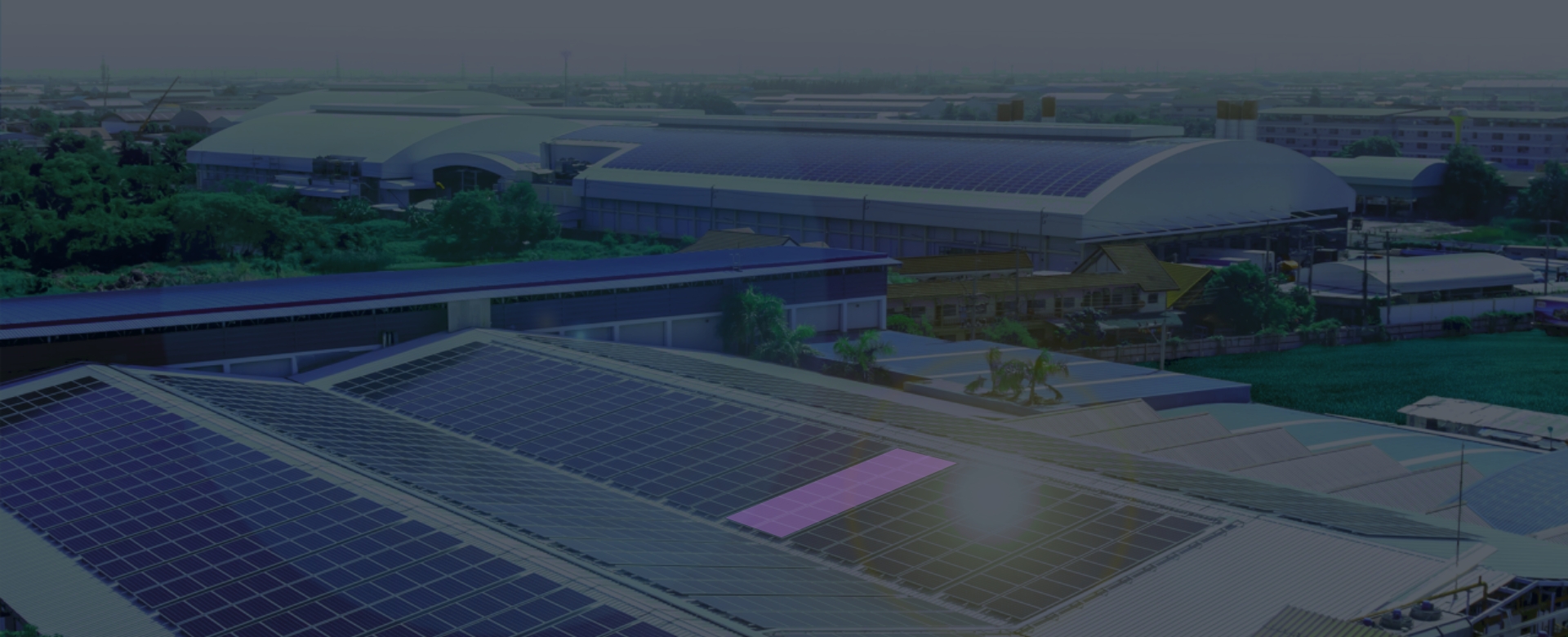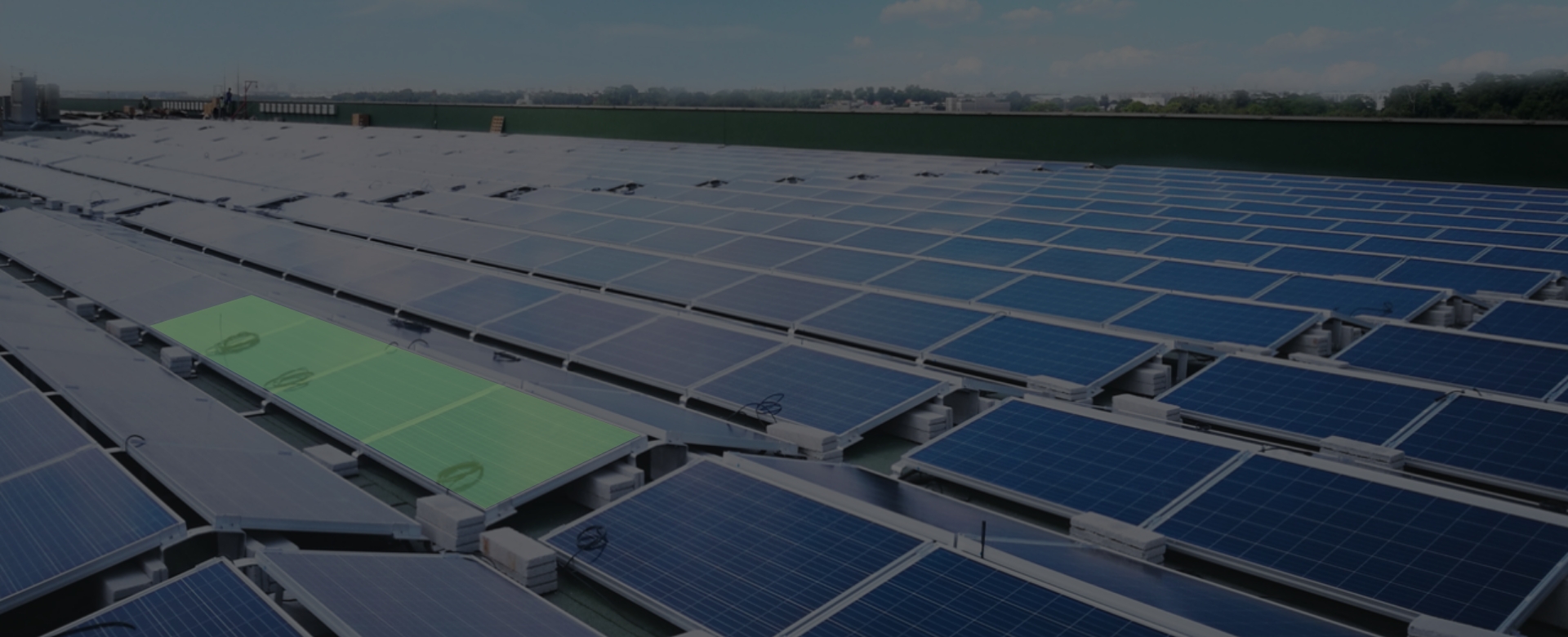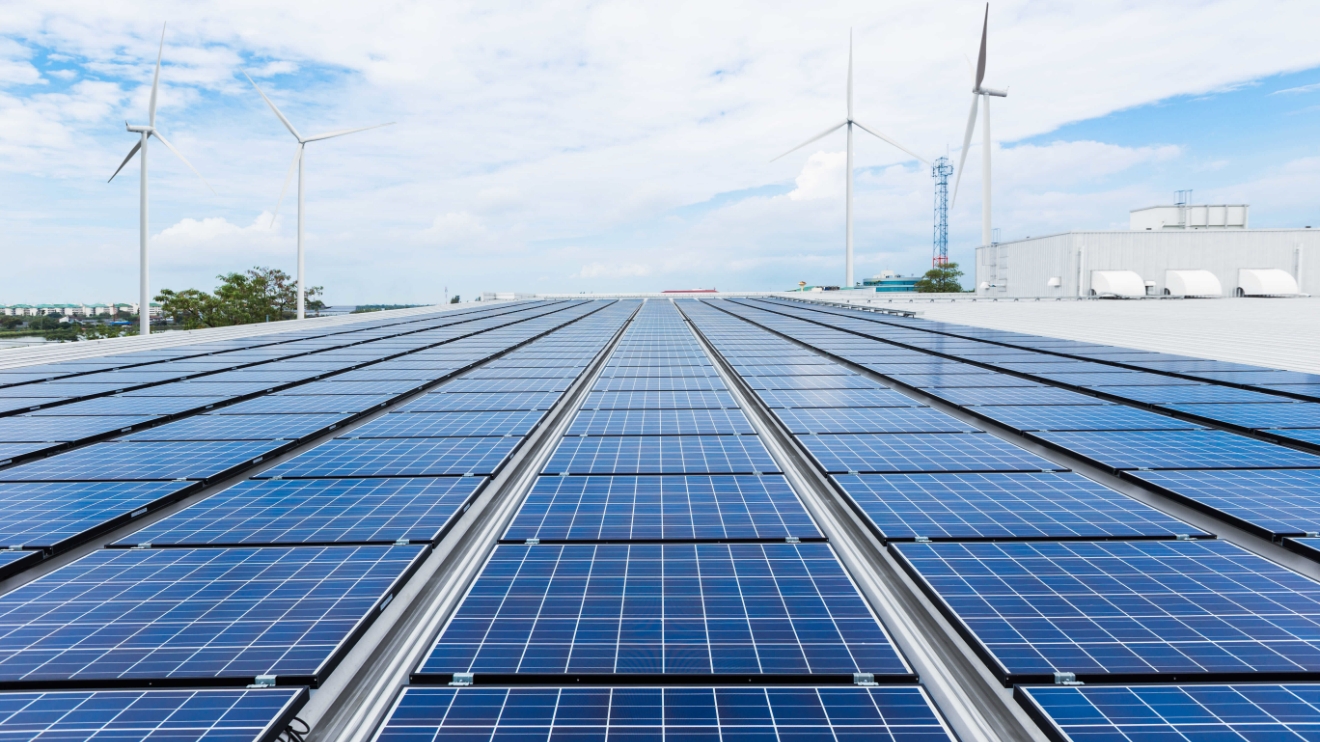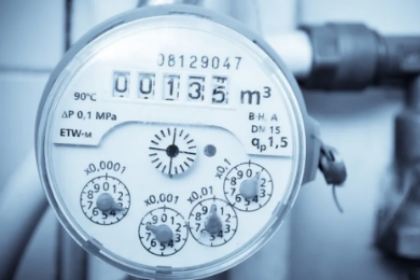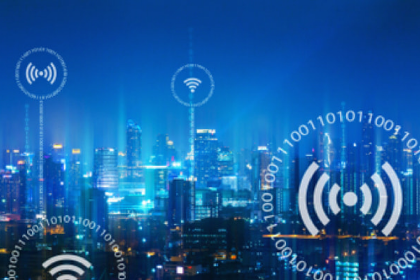Challenge 1
Addressing serious safety threats, such as fires and electric shocks
System safety has become a major challenge for the development of distributed PV. For example, fires at PV plants occur due to DC arcing. This occurs because up to 600–1000 V of DC voltage remains after the inverters are shut down, an amount that cannot be eliminated. As a result, electric shocks may occur at any location along the power lines. Worse yet, firefighters are unable to climb onto roofs to perform rescues, causing property damage and undermining safety.
Rapid shutdown and arc detection: key to PV safety
Learn More >
